How to iron a T-shirt correctly?

The T-shirt is the most common everyday form of clothing. They wear it in different ways: under clothes or over the body without additional things. It doesn't matter if you are at home or at work, doing sports or just on vacation, you always want to stay tidy. And in order for things to stay in shape for a long time after washing or before use, you need to know a few basic rules that apply when ironing things.

Ironing tips
The rules presented in this clause do not require compliance, but rather are advisory in nature. Nevertheless, they will greatly simplify the life of those who begin to follow them. The ironing process will be more convenient, pleasant and correct.
Let's dwell on the main tips:
- iron only on a flat, soft surface;
- do not leave the iron turned on unattended;
- do not keep a hot iron on one section of your clothing for a long time;
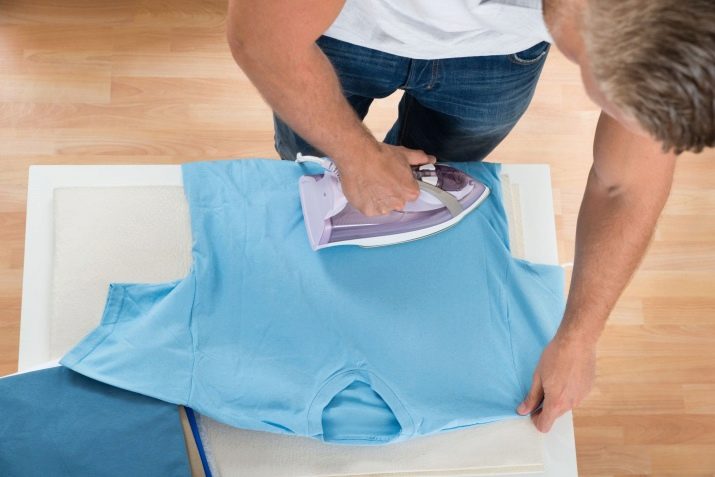
- you need to iron only clean clothes, preferably semi-damp after washing, because such clothes are easier to iron and better retain their appearance;
- study the label on the clothes, this will help not to spoil the thing, and know exactly the type of fabric of the T-shirt;
- iron the T-shirt from the wrong side;
- poorly washed or worn clothes are not recommended to be ironed in order to avoid stains;
- a t-shirt that has been crumpled for a long time after washing must first be moistened;
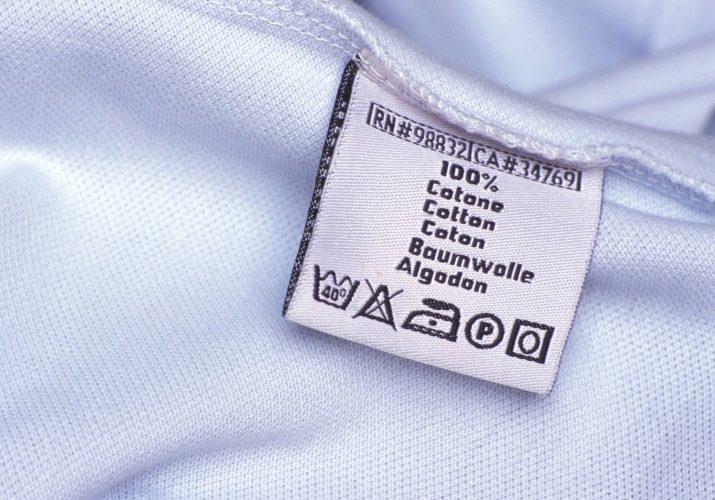
- sleeves should be ironed on a special nozzle, in a circular motion to avoid arrows, bends and bruises;
- first you need to iron the small details, and then the base, strictly along the length of the T-shirt, avoiding stretching;
- it is recommended to iron from yourself, otherwise there is a chance of getting burned;
- ironed items should be stored on a hanger, or wait until they cool down and put them neatly in the closet.
You can add other features, taking into account which will simplify the ironing process. But over time, many find the rules that are suitable for themselves and their things and follow them in the future.
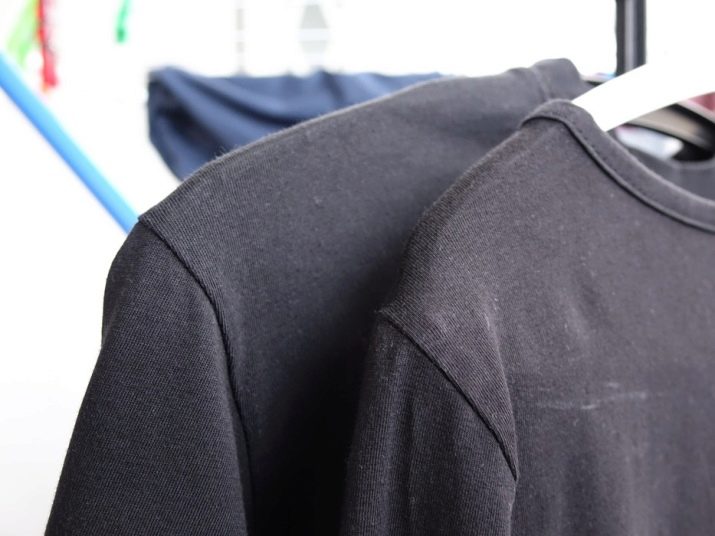
Types of fabrics
The ironing technology itself also depends on the types of fabrics. In order not to spoil your favorite things, you need to know a few tricks.
- Cotton. The most unpretentious fabric. If there is a print or dark colors, then ironing is recommended from the seamy side, in other cases it is possible to iron from the front. If the T-shirt is dry, then just steam it, if this function is not available, cover it with wet gauze and iron it. High temperature (170-200 degrees) and steam are used.
- Viscose, silk. These are fabrics that require careful handling, they are not recommended to be ironed, they can simply be hung over hot water. But if you need to iron, then iron only from the wrong side, using the nose of the iron. Do not iron on places that do not need it, as a lot of moisture can leave stains. The silk mode is no more than 100 degrees (preferably 60-70) and steam is not used. For viscose, the temperature should be slightly higher (120 degrees), and the amount of steam should be minimal.
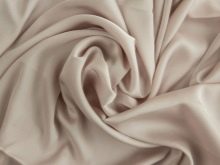
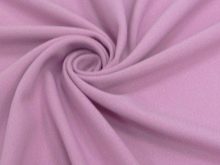
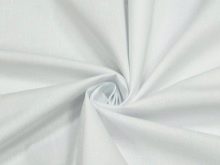
- Polyester. Synthetic material, most often sportswear, is best shaken and hung to dry. You need to iron such T-shirts from the seamy side, covering with gauze. Polyester does not tolerate high temperatures, it can melt. The fabric should be ironed in the silk mode, barely touching the clothes, and without steam. To keep it ironed, you can roll it into a roller.
- Knitwear. It does not particularly need ironing, but in order to keep things in good condition longer, it is best to simply steam from the front or use a medium temperature without stretching when ironing. Fold the T-shirt over the shoulders or roll it into a roller.
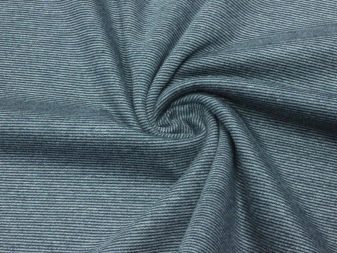
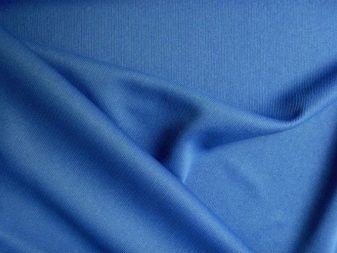
T-shirt styles
Not every T-shirt is ironed according to the general rules. In order not to iron many times and keep the shape of clothes, it is necessary to understand some of the nuances, including the style of T-shirts.
- With collar and cuffs. Ironing technology is more complicated than the classic one: first we iron small details, strictly from edge to middle, straighten the collar so that there are no bends, use gauze, and iron the rest of the T-shirt according to general rules. You can use starch or starch spray to keep the collar in shape.
- T-shaped. The T-shirt is available in both long and short sleeves. Initially, iron the sleeves, then the front front of the T-shirt, then the back. If there are any additional decorations, we iron only from the seamy side.


- With print. These are more sophisticated T-shirts, but they are bright and youthful. They should be ironed only from the seamy side, without touching the print with an iron.
You can place white paper under the print to avoid printing on the opposite side or staining your iron and T-shirt.
- With rhinestones and sequins. Rhinestones are a capricious accessory, so the T-shirt must be gently ironed from the wrong side, then the front part is steamed.
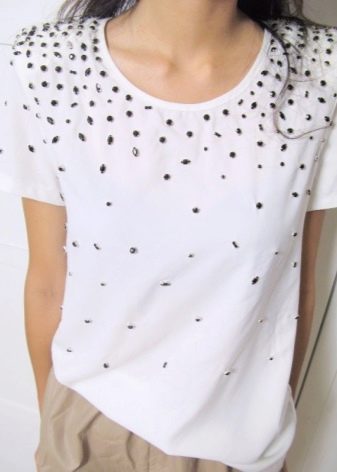

What to do if there is no iron?
An iron may not always be at hand, but you want to be neat all the time. There are some tips on how to get out of the situation.
- Fill the tub with hot water and hang the T-shirt over the tub. This is the longest method and is best done at night.
- Pour boiling water into an iron mug and iron the problem areas.
- If your washing machine is set to Dry or No Crease, this is another way to avoid ironing. Nevertheless, often such modes cannot be used, because due to the high speed in the typewriter, things can quickly deteriorate.
- Spray the clothes with water and blow dry.
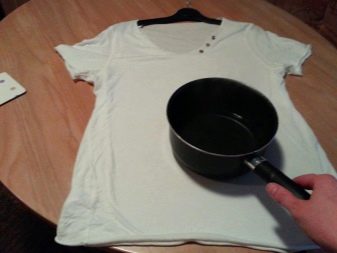
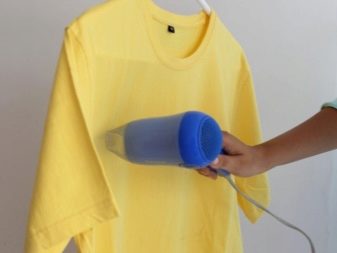
- Mix equal amounts of fabric softener, vinegar and water, sprinkle on the T-shirt and wait until dry.
- Wet your hands, place the T-shirt on a flat surface, smooth with damp palms.
- Spray water on the T-shirt, put it on and let it dry on your body.
- Place the T-shirt on a wet towel, wait for it to flatten, and hang it on a hanger.
- Stretch the shirt, lay it on a flat surface and press down with something heavy.
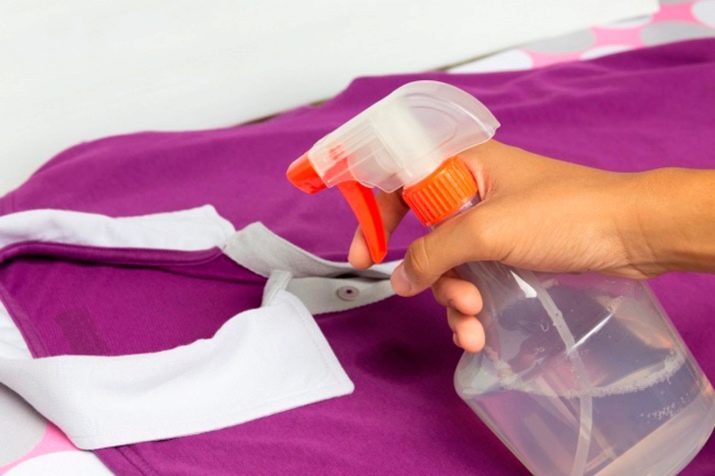
Correct care
Ironing is not the only thing that can save or ruin the product. To wear their favorite things for longer, they need care from the moment they wash.
Check the tag, usually T-shirts are washed at a temperature of 40 degrees, if the product has a pattern, then it must be turned on the wrong side. Line dry your clothes, being careful not to use clips.
Then proceed to ironing, taking into account all the criteria described earlier. Also, the T-shirt will be able to stay in good condition if it is folded. Better to fold the T-shirts on top of each other or hang them on a hanger. Following these simple rules, it will be possible not to part with your favorite things for a long time.
How to iron a T-shirt with applique, see the next video.








